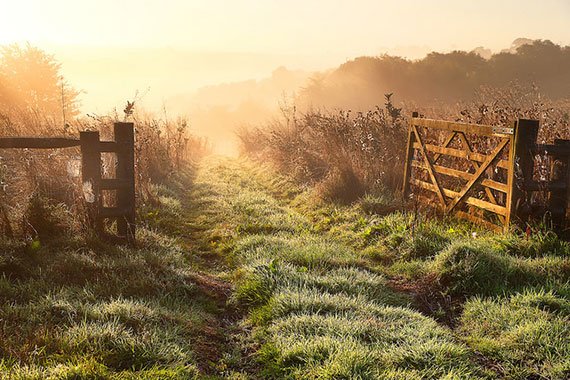Jul 2, 2024
Why Photography Connects People
Photography is a powerful medium that transcends language and cultural barriers, bringing people together in meaningful ways. Here are several reasons why photography has the unique ability to connect individuals from diverse backgrounds:

Universal Language
Photographs communicate universally, conveying emotions, stories, and experiences without the need for words. A compelling image can evoke a response from anyone, regardless of their language or cultural background. This ability to communicate visually makes photography a powerful tool for connection and understanding.
Shared Experiences
Photography often involves capturing shared experiences, whether it’s a family gathering, a community event, or a breathtaking landscape. Viewing these images allows people to relive those moments and feel a sense of unity and belonging. Shared experiences captured through photography can strengthen bonds between friends, family members, and even strangers who have gone through similar events.
Storytelling and Empathy
Photographs tell stories that can foster empathy and compassion. By capturing the lives, struggles, and triumphs of others, photography helps viewers understand and relate to experiences different from their own. This storytelling aspect of photography can bridge gaps and create a sense of empathy, encouraging people to connect on a deeper, more human level.
Collaboration and Community
Photography often involves collaboration, whether it’s working with models, clients, or other photographers. Photographers frequently join clubs, attend workshops, and participate in photo walks, where they share tips, ideas, and feedback. These collaborative activities create a sense of community and foster connections among individuals who share a passion for photography.
Social Media and Sharing Platforms
The rise of social media and photo-sharing platforms has revolutionized the way people connect through photography. Platforms like Instagram, Flickr, and 500px allow photographers to share their work with a global audience, receive feedback, and engage with others. These platforms enable photographers to connect, inspire, and learn from each other, regardless of geographical distance.
Cultural Exchange
Photography enables cultural exchange by showcasing the beauty and diversity of different cultures, traditions, and lifestyles. Photographers who travel and document various cultures provide a window into the lives of people around the world. Viewing these images can foster appreciation and respect for different cultures, promoting global understanding and connection.
Conclusion
In conclusion, photography connects people by providing a universal language, capturing shared experiences, telling stories that foster empathy, encouraging collaboration and community, leveraging social media, enabling cultural exchange, creating emotional connections, inspiring and motivating, educating and raising awareness, and sharing personal stories and memories. The power of photography to bridge gaps and bring people together makes it a uniquely impactful medium for connection.
More Details








